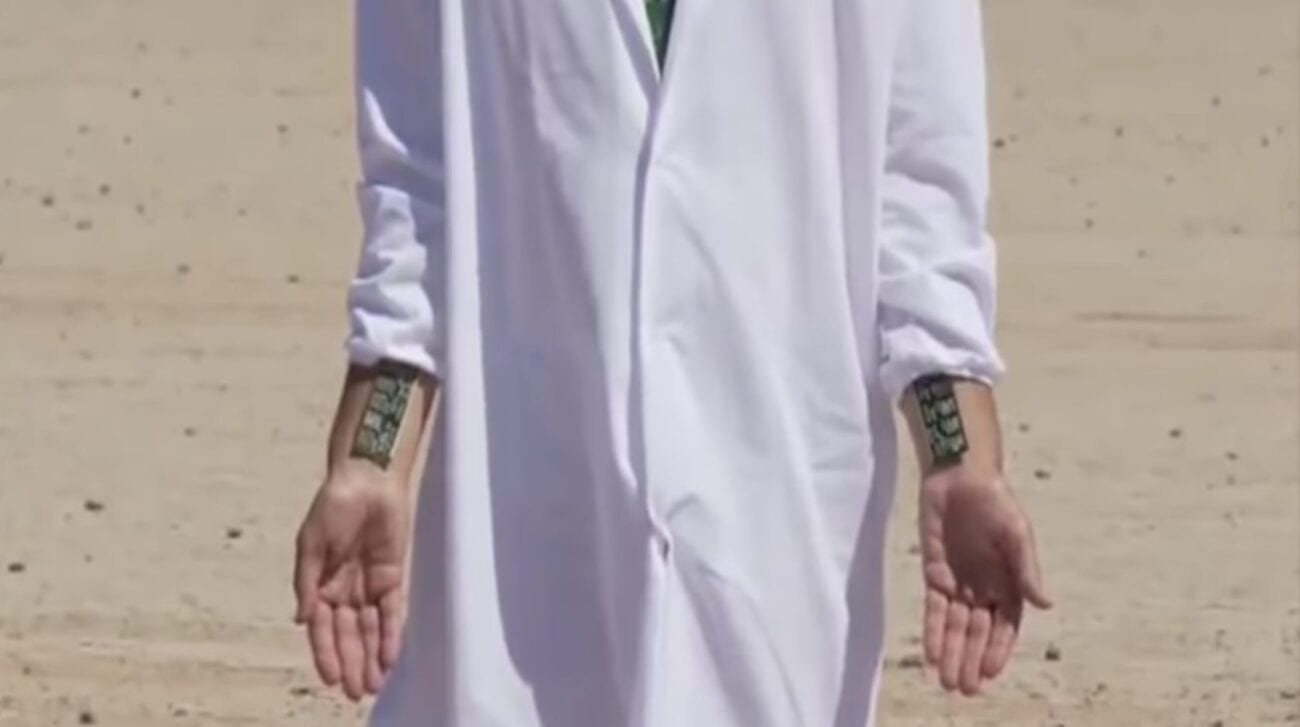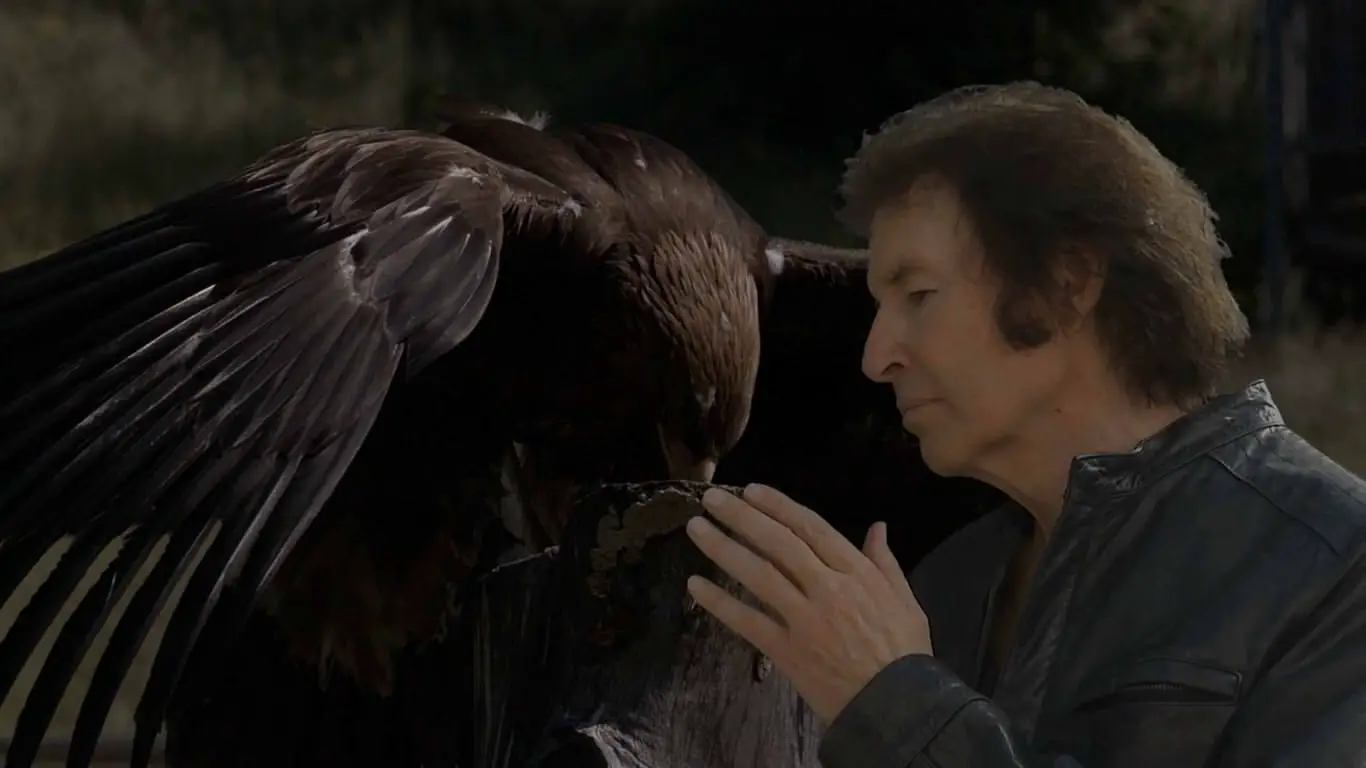Sometime in late 2015, the films of Neil Breen came into my life. Like many Breen fans, I discovered the former architect’s films through an episode of RedLetterMedia’s YouTube show Best of the Worst in which host Rich Evans stumbles his way through describing the incomprehensible plot to Breen’s first feature, Double Down [1]. While he had already begun to develop a cult following, the RedLetterMedia review helped Breen’s films reach a broader audience, and Breen’s features have become staples on other “so bad they’re good” YouTube channels and podcasts.
Breen is the director of five fiction feature films to date: Double Down (2005), I Am Here….Now (2009), Fateful Findings (2013), Pass Thru (2016), and Twisted Pair (2018), plus the not-a-documentary Neil Breen Five Film Retrospective (2020) [2]. This article will examine some of the recurring themes in Breen’s movies and provide brief synopses of all the films. I’ve also grouped Breen’s films into somewhat arbitrary eras based on themes and production aspects. This categorization may easily change as Breen continues to produce films. Be aware that I’m grading on a heavy curve whenever I’m talking about elements of Breen’s films: phrases like “satisfying ending” and “coherent plot” should be viewed in comparison to his other films. Additionally, none of my plot descriptions can ever begin to actually describe what happens in the films, which in every case is too convoluted to capture in a mere summary.
What Makes Breen’s Films Entertaining?
The biggest criticism of auteur theory is that film is too collaborative to be ascribed to a single artist, but Breen presents a truly unique conception of an auteur that almost literally does everything from directing to craft services. There’s even a recurring joke in the credits of his films where “every company that has an N or a B in it was personally done by Neil Breen,” and trust me, Ns and Bs abound. Breen’s films fail at pretty much every level: the acting (with Breen exclusively serving as the lead actor), plots, directing, dialogue, editing, props, sets, special effects, and cinematography are all bafflingly dreadful, and he is often the only person handling these aspects. However, despite (or maybe because of) these low production values, the films are rarely ever boring, and the omnipresence of Breen’s bizarre sensibility is perhaps the single biggest factor that makes these films watchable.
Themes
At the heart of all of Breen’s films is a deep distrust in government, corporations, the media, and other establishment institutions. Breen views these groups as hypocrites, liars, and cheaters who destroy the environment, start wars for profit, and manipulate these institutions to remain in power. While these views are essentially correct, Breen’s simplistic understanding and on-the-nose proselytizing about them comes across more as amusing rants than serious doctrine. Breen’s environmentalist tendencies are most clearly illustrated in I Am Here….Now, which has former environmental activists as protagonists and politicians openly bragging about the bribes they accepted to vote against renewable energy.
All of Breen’s films manifest his apparent messiah complex. I’ve long joked that Breen only plays two characters: Super Spy Hacker and Space Jesus. Breen employs one of these two archetypes for the character that he plays in every one of his movies: Super Spy Hacker in Double Down, Fateful Findings, and Twisted Pair, Space Jesus in I Am Here….Now and Pass Thru. Although these two archetypes are different on the surface, Breen uses them identically—they have some skill or knowledge that they will use to rid the world of corruption. Breen seems to focus on corruption instead of “evil”: Breen’s villains are treated like parasites driven by greed whose eradication will actively make the world a better place, rather than being driven by an unknowable force. The similarities between the two archetypes are on full display in Breen’s third and fourth films, Fateful Findings and Pass Thru—Fateful Findings ends with Breen’s Super Spy Hacker holding a press conference to reveal “the most secret government and corporate secrets,” leading to mass suicides among politicians and CEOs; whereas in Pass Thru, Breen’s Space Jesus [3] takes over a television station to inform the world that he has “eliminated” 300 million people he viewed as corrupt. You could even view Neil Breen Five Film Retrospective as a manifestation of his messiah complex: he is attempting to impart wisdom that will “save” aspiring independent filmmakers from having to go to film school.
The only film where I somewhat doubt the sincerity of Breen’s messianic characters is Double Down. In the film, there is a brief scene where Breen’s character, Aaron Brand, is told that Megan, the girl whose brain cancer he thought he cured with a magic rock, didn’t get better. Brand is momentarily confused before immediately brushing the revelation aside to continue his Super Spy Hacker work. Whether intentional or not (I’m leaning toward not), Brand’s failure casts doubts on the image that has been presented to us: could everything that he’s doing simply be a delusion that isn’t based in reality? Given the ego trip that is the rest of the movie, I think that this interpretation is unlikely, but I think there are other moments (exclusively eating tuna fish and saving all the cans in his trunk, almost crashing his car because he is eating tuna out of a can while driving, living in his car in the desert) that could point to everything happening in his head.
Early Films: Double Down (2005) and I Am Here….Now (2009)
Breen has admitted that these films are lower quality than his subsequent ones. They’re also the hardest to find because Breen has removed them from circulation, but they are still worth seeking out.
The best description I can offer for Double Down is “Jodorowsky’s El Topo if it didn’t understand any of its own mysticism or symbolism.” Breen plays a super hacker and former intelligence agent Aaron Brand, whose fiancée is murdered by a sniper. Brand decides to live in his car in the desert that is protected by an invisible force field that kills anyone that tries to sneak up on him. He is constantly haunted by visions of his ex-wife and parents. Brand works as an assassin and mercenary, planning and committing acts of biological terrorism before fighting against other terrorists. Unfortunately, I’ve found that Double Down is a little slow at times, with the pace being hindered by the surreal elements, repetitive music, and monotone voice-over. Regardless, it’s a must-watch film for Breen and cult cinema fans.
I Am Here….Now represents Breen’s first use of the Space Jesus archetype, and wow is it unsubtle about it. Breen’s character, credited as “The Being,” apparently created Earth, and is upset that “the humans [are] failing.” He decides to help three people: two of which have lost their jobs as environmental activists and have turned to sex work, and a man who is dying of cancer, but wanted to see the “Welcome to Las Vegas” sign before he died. I Am Here….Now is probably most famous having four ellipses in its title and the weird Halloween mask Breen wears at points to portray The Being. While it’s entertaining, I don’t know how many people would list this as their favorite Breen film.
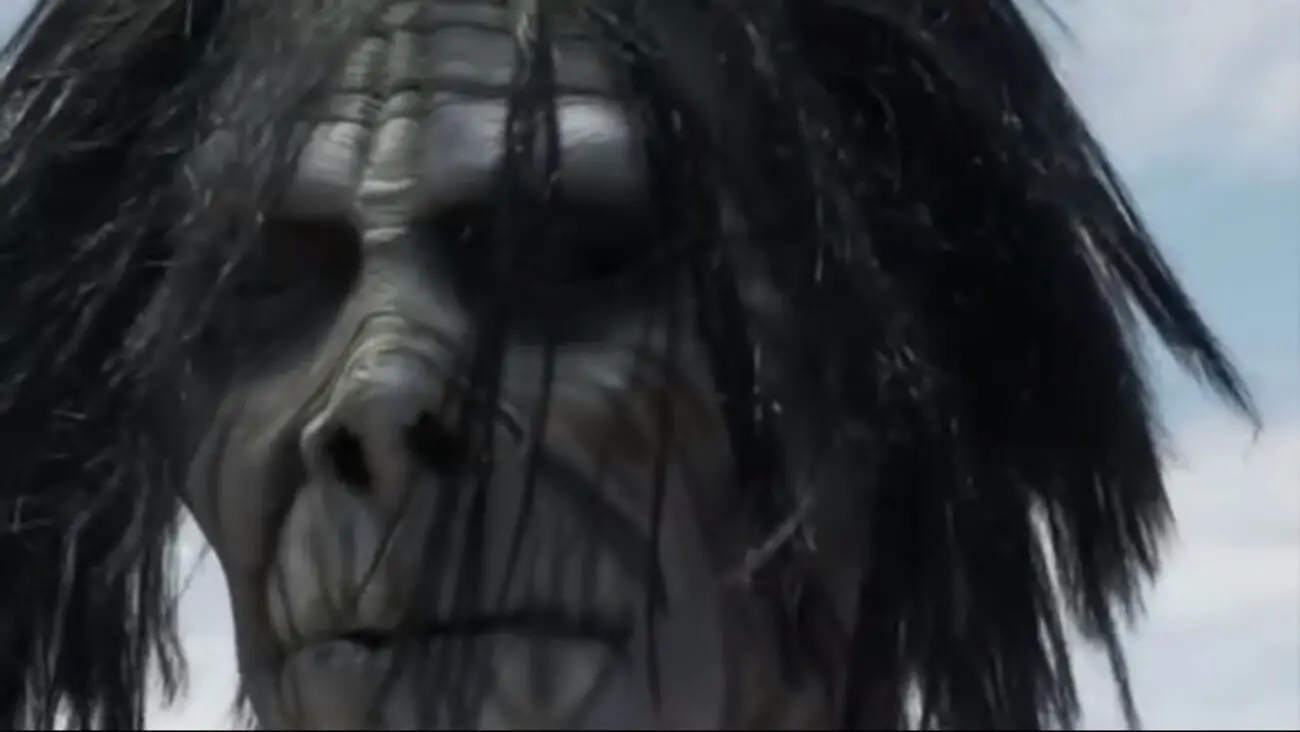
Middle Film: Fateful Findings (2013)
Fateful Findings is probably Breen’s most popular film. It marks a departure from the desert settings and heavy faux-mysticism of the first two films, instead taking place in the suburbs with only touches of faux-mysticism. The quality of the plot also takes a major step forward from the previous two films. The film tells the story of a man named Dylan who reconnects with his childhood sweetheart, Leah (Jennifer Autry) after not seeing her for several decades [4]. Dylan has become a novelist, but he hates writing books and is secretly hacking the computer systems of the government and major corporations. Along the way, there is a room that is supposed to be a black void but is actually just covered in trash bags, the worst murder coverup in film history (that still somehow works), unexplained teleportation, a mushroom that turns into another magic rock, and a nearly infinite amount of additional zaniness. While it isn’t a prototypical Breen film, Fateful Findings is probably the most accessible of his films and is a great place to start with his work.
Late Films: Pass Thru (2016) and Twisted Pair (2018)
I grouped these two films together for a few reasons. First of all, these films were produced after the RedLetterMedia review, which exploded Breen’s popularity, to the point where Breen was able to raise additional funds for Pass Thru via a crowdfunding site. There is also a much heavier reliance on special effects, including the introduction of drone shots and the extensive use of green-screens.
It’s my opinion that Pass Thru is Breen’s magnum opus. The film starts out telling the story of a godlike being named Thgil (pronounced Till, which he chose for himself when he saw an empty cup of “light” yogurt) who inhabits a body of a man that recently overdosed on heroin while living in a disgusting trailer in the middle of the desert and befriends two undocumented immigrants who escape from being trafficked across the border. This is the normal part. The film escalates to Thgil blowing up a cartoonish green-screened mansion after yelling at businessmen and politicians for being immoral and corrupt and then murdering 300 million people with his mind and then ranting to the world while on television. It is absolutely bonkers! Every performance is cranked up to eleven, the plot is nonstop absurdity, and the incredible ending rant is the purest expression of Breen’s ungraspable political ethos. This last point may seem minor, but I also appreciate that it not only recalls, but ties Pass Thru to Double Down and I Am Here….Now, which also features the desert prominently. The desert outside of Las Vegas serves as an element that unifies Pass Thru with his previous films, making it feel like the culmination of the themes from those movies—Breen’s Avengers: Endgame, if you will.
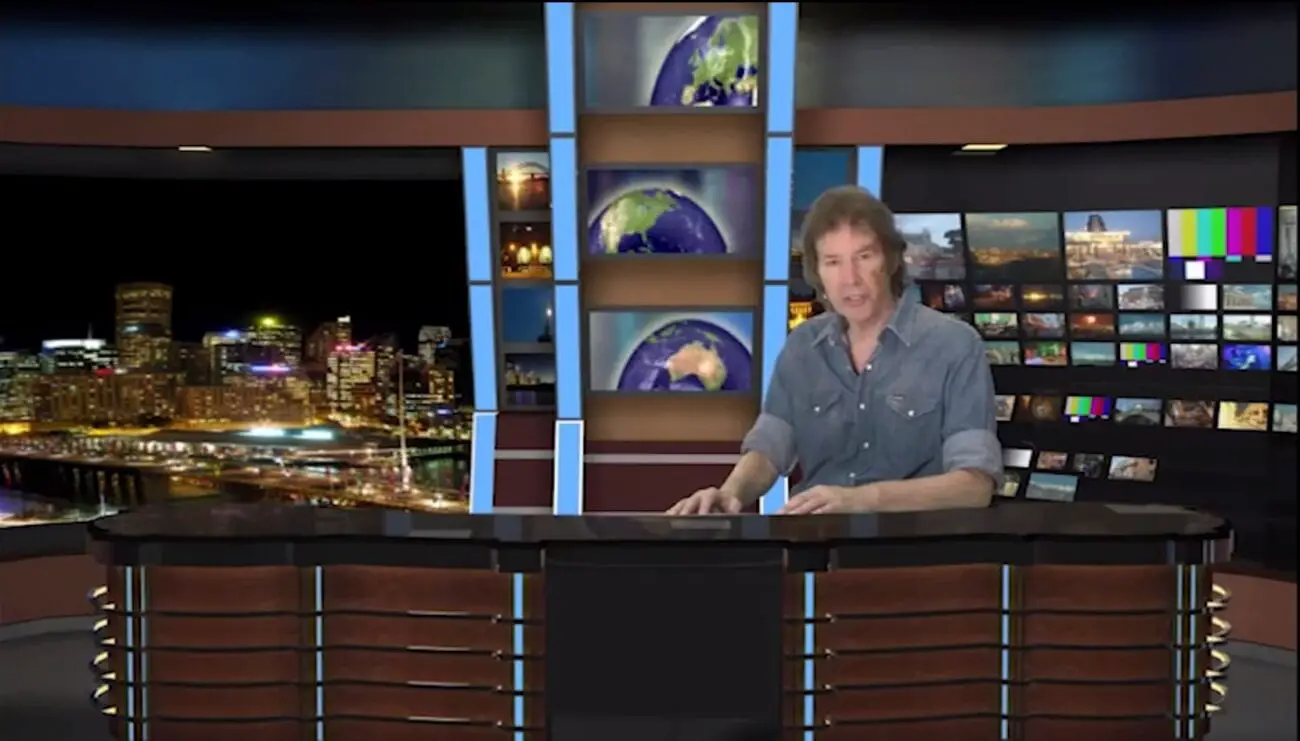
While still entertaining and a film that I would recommend, I think that Twisted Pair represents a step backward from the peaks of Fateful Findings and Pass Thru. The main problem is that not that much actually happens. The plot of Twisted Pair is a lot thinner than the previous two movies, and because Breen wanted to set up a sequel, the ending is less satisfying and more incomplete than any of Breen’s previous films. Breen also reuses a lot of footage throughout the movie, which feels like filler and contributes to the feeling that there simply isn’t a lot of substance.
The film revolves around twin brothers, Cade and Cale, both played by Breen with the help of the world’s second-worst fake mustache/beard (and yes, the world’s worst fake mustache is also in this film). The brothers are given cybernetic enhancements, presumably by an alien, which also turns Cale evil. Cade is trying to stop a terrorist named Cuzzx, who has “biological mutant warfare plans” (as you can see in the glorious four-minute trailer, which is roughly 4.5% of the film’s runtime and includes the final shot of the film—the majority of the film’s dialogue is comprised of similar Mad Libs-esque technobabble).
Twisted Pair also has the most distressing scene in any Breen film when Cade, who is supposed to be the good twin, appears to stalk, break into the house of, and attempt to assault a woman that turns out to be his girlfriend roleplaying with him. I saw Twisted Pair in theaters, and the entire audience was confused and deeply uncomfortable during this sequence. Luckily, the sequence was short and the film quickly moved on to more zaniness, but the scene felt incredibly out of place and unnecessary.
Documentary: Neil Breen 5 Film Retrospective (2020)
Retrospective is the only one of Breen’s films that I have not seen in its entirety, primarily because of the prohibitive cost ($160 US) and run time (over five-and-a-half hours). It essentially serves as Neil Breen’s Masterclass course: Breen discusses his filmmaking process, ostensibly to help other independent filmmakers learn how to make and market their films. What I’ve seen so far of Retrospective feels more like a cynical cash grab than his fiction films, especially when you consider the unseemly price he’s charging for it when it looks like he didn’t spend a cent to produce it (the documentary mainly consists of him sitting on his couch and in his studio speaking directly into the camera with lengthy sequences of clips from his movies interspersed). I’m concerned that Retrospective might be the point when Breen officially jumped the shark, but I won’t know for sure until the presumptive Twisted Pair sequel comes out. I think that he has begun to buy into his own hype in recent years, denying that they are midnight movies in direct contradiction with an interview five years before when he said that he embraced his cult following, and cracking down on YouTube channels and merchandise that he feels infringes on his copyright. He obviously is allowed to enforce his copyrights, but unauthorized depictions and events are part of what connects cult phenomena to its audience. Retrospective is the most glaring example of this shift.
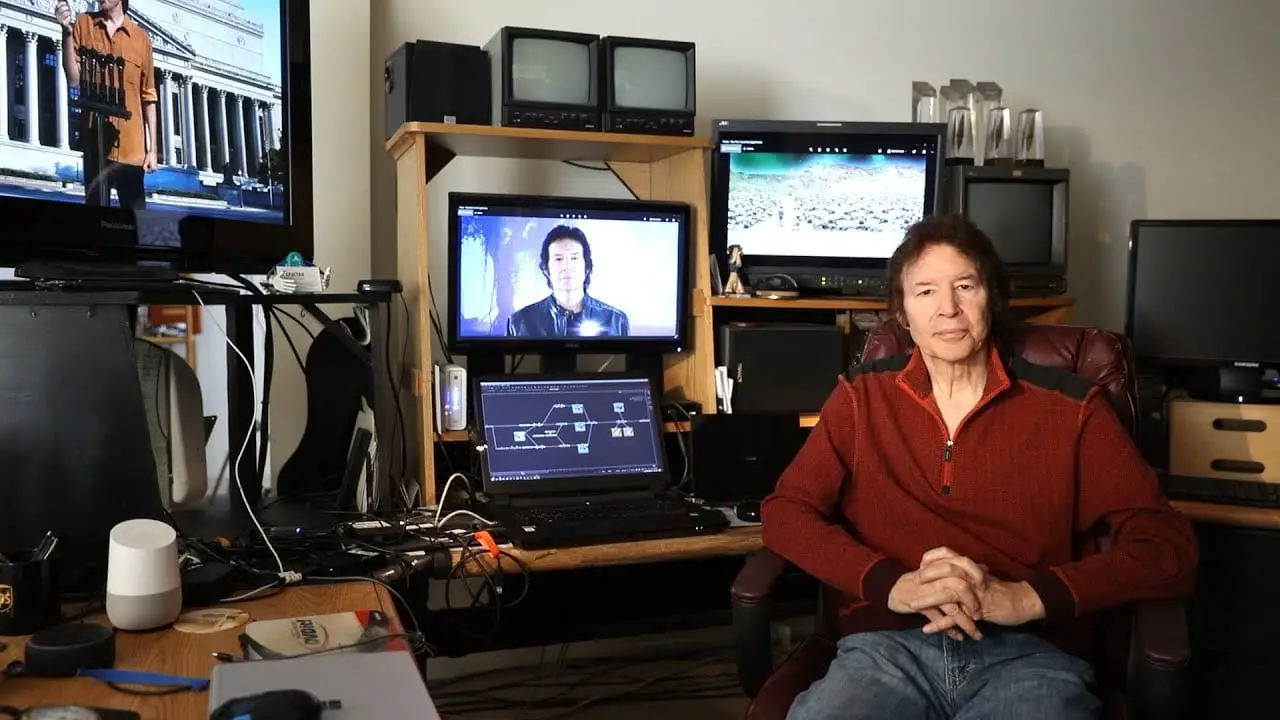
Final Thoughts on Breen
It’s obviously easy and fun to make fun of Breen’s films, but I think there’s also a level of respect for him that is shared by many of his fans. No matter what, Breen is someone that has self-funded five feature films, and almost certainly turned a profit, while uncompromisingly following his unique vision for his films. This may seem like a ridiculous statement, but I don’t know if I would be writing about film without his films. Breen’s films helped introduce me to several film YouTube channels and podcasts, focusing on both cult and mainstream cinema, which further taught me what to look for in a well-made movie. I hope that he hasn’t jumped the shark, but even if he has, at least we still have five incredible contributions to cult cinema.
[1] The video has since been watched over two million times as of October 2020. While I think it’s important to bring up the RLM video because of its importance to my and many other Breen fans, I unfortunately don’t feel like I can recommend the video due to the involvement of screenwriter Max Landis, who appears in the video and has been accused several times of sexual assault.
[2] For the life of me, I cannot figure out why Breen so fiercely insists that Retrospective isn’t a documentary, or why he thinks that would take “hours and hours and hours to do,” or why five and a half hours is not “hours and hours and hours.”
[3] Technically, Thgil says that he is “artificial intelligence from far in the future,” but close enough.
[4] This is much ado about nothing, but I have to talk about Jennifer Autry’s IMDB profile picture. It is one of the most incredible profile pictures that I have ever seen on any site. She appears to be working in a casino, wearing green body paint, fake devil horns, and standing next to a very uncomfortable David Boreanaz, who has no idea that this picture will be immortalized as someone’s IMDB profile picture. She has a credit as an extra on Angel, which explains when the picture was taken and how she had access to David Boreanaz. Too bad she didn’t pull him away from his game of blackjack or craps to take the picture, because that would have been the icing on the cake.


